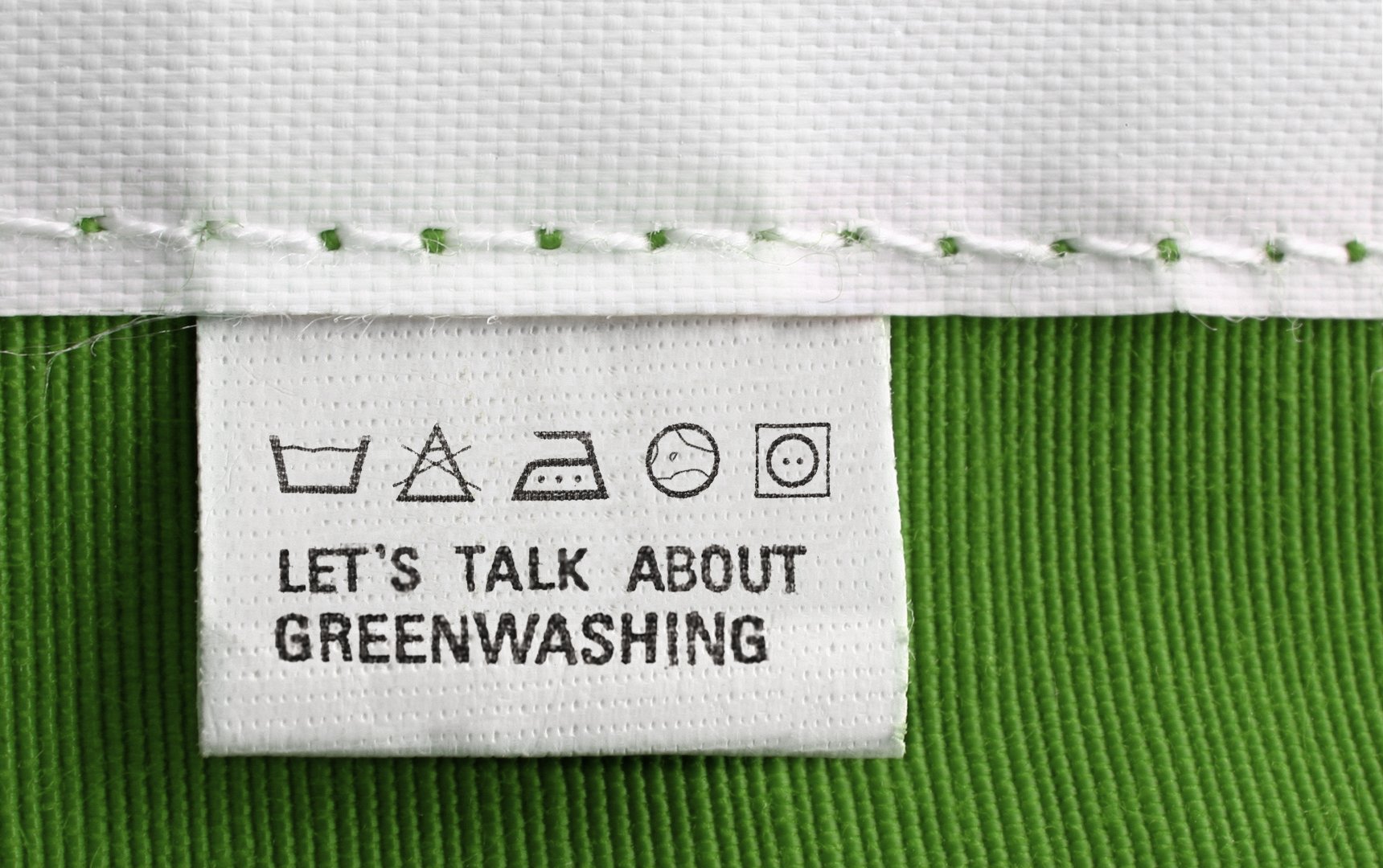Recyclable fabric, clean diesel, carbon-neutral, sustainably sourced.
You’ve probably encountered these words plastered on store windows or on your favorite body soap. Maybe you’ve shrugged them off or perhaps they might have been the reason why you were drawn to that particular brand – and we’re here to break it to you that you’ve likely fallen to the subtle tactics of greenwashing.
But what really is greenwashing? According to Merriam-Webster, it is “the act or practice of making a product, policy, activity, etc. appear to be more environmentally friendly or less environmentally damaging than it really is.” At its core, greenwashing involves exaggerating a brand’s sustainability commitment, while downplaying its environmental impact.
This concept grew during the rise of the environmental movement, where companies were pressured to take their environmental responsibility more seriously. However, this also presented an opportunity for big brands to capitalize the trend and jump on the bandwagon of classic marketing tactics.
Over time, brands have gotten more creative with greenwashing. Some have used misleading labels, selective information dissemination, and over-the-top eco-friendliness. And as if that was not enough, even celebrities and famous figures also endorsed “green” brands, which led to fuel greenwashing even more.
A Big Point of View
Greenwashing is everywhere these days, from multi-billion corporations to small local businesses. This tactic has seeped into quite possibly every nook and cranny of the market.
When it comes to the big picture, even the United Nations takes a big part in addressing greenwashing as throughout the years, they have aimed policies in promoting sustainable practices. But let’s be real, it’s an uphill battle as political regulations lag as compared to economic and marketing strategies.
Philippines – Part of the Challenge
The Philippines, like other developing countries, is also susceptible to the impact of greenwashing. Many brands here boost their image by talking about people’s concern about the environment and sustainability. Some may even resort to sneaky tactics of mislabelling and manipulating certifications. And sadly enough, most of the time, it works.
Take for instance, the “natural” label that some companies put into their products without the research to back it up. But here’s why it’s a kicker: just because one ingredient is organic does not mean that the item is good for you nor the environment. They simply slap vague eco-friendly labels into their merchandise to make them look sustainable, which in turn gives their consumers this point of view that they are making the right decision by choosing this brand.
Meanwhile, in the Philippine food and beverage sector, a lot of items are marketed as environmentally friendly without mentioning the production method that was used on it – and sadly, this works. Greenwashing has influenced consumer’s perception of the things they want to buy. Having that green leaf on your dishwashing soap bottle makes you eco-friendly afterall.
The Filipino term, “hugas kamay” can be associated with some brand’s decision of washing their hands of the environmental responsibility that they have. Some may attempt to participate in environmental efforts such as sponsoring a tree-planting initiative, all the while avoiding the actual crisis that there is – facing the brand’s negative impact to the environment.
The Solution
As green concern rises in the Philippines, the Net Zero Carbon Alliance (NZCA) aims to push Filipino businesses towards a regenerative future through different programs. Established by the Energy Development Corporation, it started with six pioneer partners who have now teamed up with some of the biggest names in the scene, including Converge, Unilever, and Menarco Development to name a few. One of the newest NZCA partner is Mondelēz International, who has been striving to attain net zero carbon emissions by 2050.
The Problem of the Solution
Yes, NZCA’s goal brings a positive light on the environmentally conscious community in the Philippines. But if you dig a little deeper, there seems to be a disconnect with the partners involved.
Environmental non-profit group, Greenpeace, has singled out one of NZCA’s partners as one of the country’s top plastic polluters. This disconnect translates into a different conversation – if what they are portraying to the consumers is just a facade and a cover up to what is truly happening.

The Clock is Ticking
It’s time to say no to the deception. As the environmental movement gains momentum, it’s crucial for us to hold brands accountable and demand transparency in their practices. We need to make sure that their claims of eco-friendliness are backed up by tangible actions and genuine commitment.
It’s time to look beyond the green facade and take a stand against greenwashing. Fortunately, we now have access to information than before, empowering us as consumers to make informed decisions and drive meaningful change. We can research brands, products, and their environmental policies, supporting those genuinely dedicated to sustainability, while holding accountable those that engage in greenwashing. Rejecting greenwashing is not just about our individual purchasing decisions — it’s about sparking a bigger impact. By refusing to support brands that deceive and actively choose those that prioritize sustainability, we send a powerful message to businesses everywhere: authenticity and environmental responsibility really do matter.




